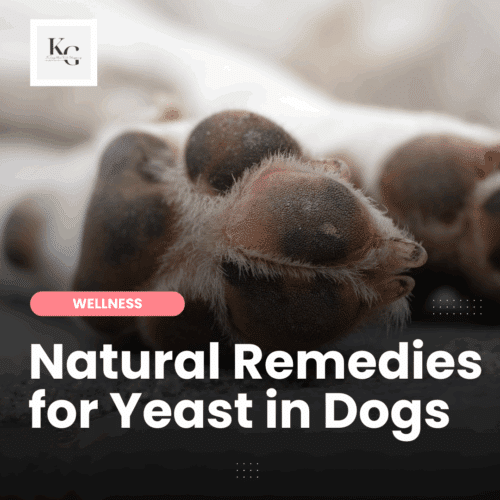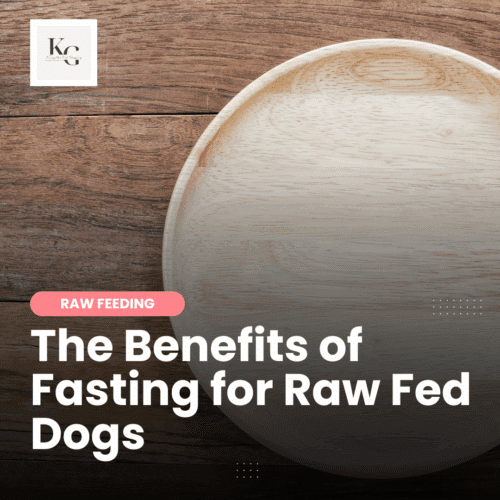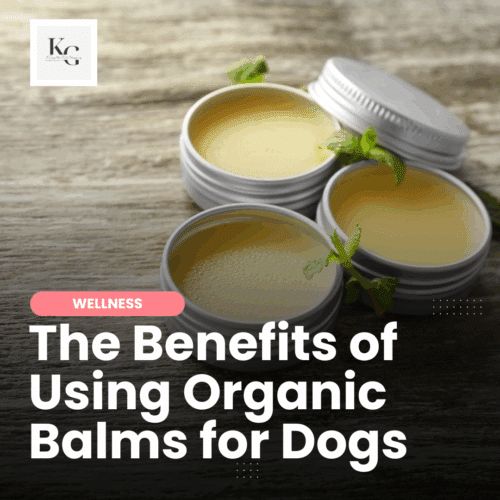Keep the Tail Wagging is supported by pet parents. I occasionally earn a commission (at no additional cost to you) when you click through an affiliate link to one of my favorite products. Thank you for your support. Read More
Many people switch their dogs to raw dog food because their dog has allergies or has developed health issues, hoping that feeding fresh food will do the trick. But how long does it take for our dogs to experience the benefits of a raw diet? The time it takes can vary depending on various factors, including the dog's age, health status, current diet, individual response to the new diet, and the specific benefits being targeted. My dogs improved within the first week of feeding a partial raw food diet. Generally, dog owners may start to see some improvements within a few weeks to a few months after transitioning to a raw food diet.
Benefits of Raw Dog Food
I switched my dogs to raw after a veterinarian told me one of my dogs wouldn't live long past his third birthday. I switched him to raw dog food, and he lived for an additional 10-1/2 years. The main reason people switch to raw food is to address a health issue, and while a change in diet may not cure everything, it's a great step toward improving a dog's health.
Here are some potential improvements dog owners may notice:
Improved Digestion: When switched to a raw food diet, dogs with sensitive stomachs or digestive issues may experience improved digestion. This can manifest as reduced gas, firmer stools, and less bloating.
Healthy Skin and Coat: A raw food diet rich in essential fatty acids and nutrients can promote healthy skin and a shiny, lustrous coat. Dog owners may notice reduced itching, flakiness, and shedding.
Weight Management: Dogs struggling with weight issues may benefit from a raw food diet that is portion-controlled and free from unnecessary fillers. Over time, dog owners may observe weight loss or weight maintenance.
Increased Energy and Vitality: Providing dogs with a nutrient-dense raw food diet can enhance their energy levels, stamina, and overall vitality. Dogs may become more active, alert, and playful.
Improved Dental Health: Raw meaty bones in a raw food diet can help promote dental health by naturally cleaning teeth and reducing plaque and tartar buildup. Dog owners may notice fresher breath and healthier gums.
Reduced Allergies: Some dogs with food sensitivities or allergies may benefit from a raw food diet that eliminates common allergens found in commercial dog foods. Dog owners may observe decreased allergy symptoms such as itching, ear infections, and skin rashes.
Better Immune Function: A balanced raw food diet can support a dog's immune system, making them more resilient to illnesses and infections. Dog owners may notice fewer instances of sickness and a general improvement in overall health.
I've found that it's essential to monitor my dogs closely when transitioning to a raw food diet. This allows me to quickly determine whether I'm going too fast or an ingredient isn't a good fit. While many dogs can benefit from a raw food diet, individual responses may vary, and it's crucial to make dietary changes gradually with some dogs while tracking any changes in the dog's health and well-being.
Transitioning to a Raw Dog Food
The easiest way to transition to a raw food diet is to visit your local, independent pet store to learn what brands they carry and which are best for your dogs and budget. This will allow you to transition immediately while you learn more about raw feeding if you'd like to switch to DIY.
Now that I've been feeding raw for a while, I generally transition a new dog cold turkey, but you can also transition slowly by feeding raw in the morning and kibble in the evening (or vice versa); I transitioned my first dogs this way and saw improvements within the first week.
How Soon Benefits of Raw Dog Food Appear
As I said above, how soon a dog's health improves depends on many factors, including age, health status, current diet, individual response to the new diet, and targeted benefits. The first improvements I witnessed were…
- smaller, solid poops
- improved skin (one of my dogs had a rash that vanished immediately).
Over the past ten years, my dogs have survived health issues (Scout lived 1-1/2 years longer after a cancer diagnosis), healed quickly from surgery, experienced less shedding, had great teeth, fewer food sensitivities, and rarely needed baths.
Some dog owners report immediate improvements, the most common being decreased allergy symptoms (skin issues, itching) and improved digestion (stool consistency). Sometimes, it may take 30 to 90 days to see changes in your dog because natural solutions can take longer to take root. Using a calendar to track your dog's diet, weight, stool consistency, and symptoms (e.g., itchy today) will help to identify improvements quickly.






